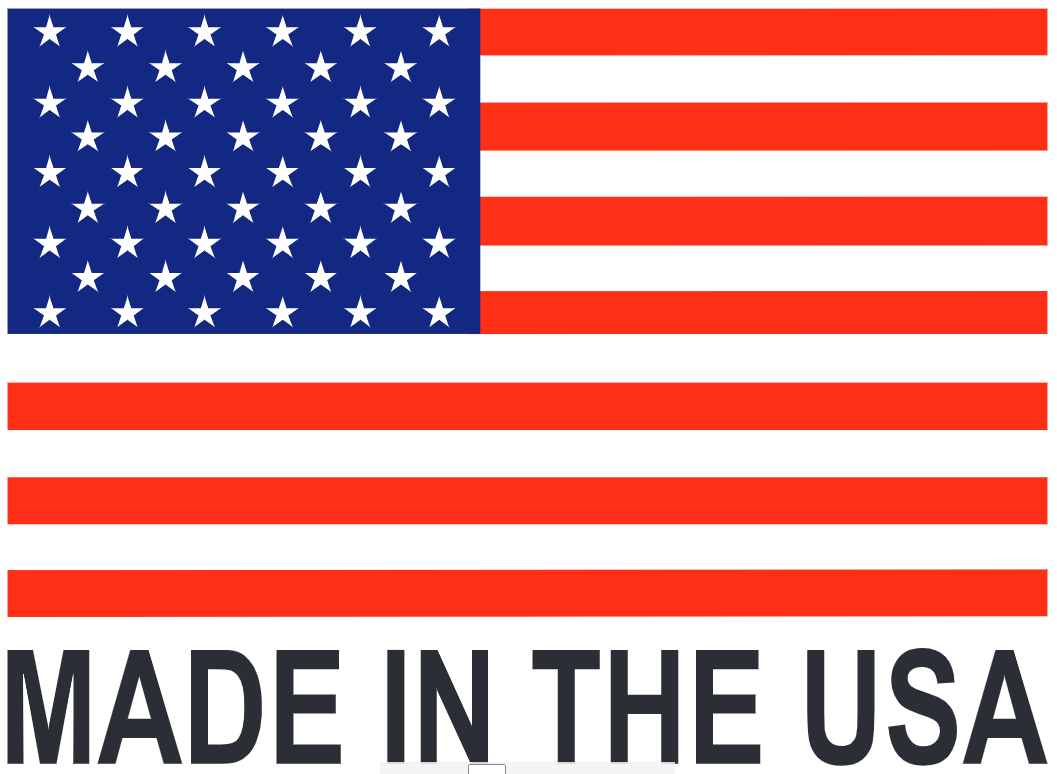Easily answered for you.
Frequently Asked Questions
FAQ's
We assign each custom-designed caster a part number that begins with SP or SPD. This process identifies it as belonging to the customer who requested the design.
Why is this beneficial? A unique caster design is created for your company and no one else. This enables you to update or change your design at any time without changing the part number. You also have the option to view and approve a drawing before it goes to the manufacturing floor. If your need for a caster does not fit any of our standard casters, you’re not stuck! We can change things like overall height and width, mounting plate size, bolt pattern, swivel lead length, and more.
Take the weight of the load being carried and add the weight of the cart together. Take that total and divide it by three, which will give you the minimum rated load capacity each caster should have. This is also applicable for carts where a four-caster configuration is desired. (Division by three instead of four is due to the fact that three points make a plane, as well as that uneven floor surfaces frequently require three casters to carry the entire load.)
Caster Concepts has built a reputation for solving problems in the material handling industry. We are experts in application engineering and have over 150 years of cumulative experience devising solutions to customer challenges. In fact, a great deal of our business is the design and construction of custom and special casters. Please contact us via Live Chat or call 517-680-7950 for additional information and let Caster Concepts design a permanent solution to your motion challenge.
Flutter or shimmy is a result of only three casters carrying the load. This is common and can be eliminated by extending the swivel offset, or lead, of the caster. The lead is the measurement from the centerline of the load raceway to the centerline of the axle.
Rough floors are compensated for in two ways. First, larger wheels will more easily travel over rough floors or outdoor surfaces. Second, resilient tire material such as polyurethane or mold-on rubber will flex, absorb shock and regain its normal shape.
Maximum towing speed is determined by the type of load being carried and the gross weight of the load. The potential problem with excessive towing speed is that heat may build up in the tire of the caster wheel, a condition that may cause premature tire failure. In most cases, we suggest a 10% reduction in capacity for every mile per hour over 3 mph.
- Forged Steel: 800 degrees Fahrenheit
- Cast Iron: 800 degrees Fahrenheit
- Phenolic: 300 degrees Fahrenheit
- High Temp Phenolic: 475 degrees Fahrenheit
- Polyurethane: 130 degrees Fahrenheit
- Mold on Rubber: 180 degrees Fahrenheit
- Nytech-MD: 200 degrees Fahrenheit
Swivel lead is the distance from the vertical centerline of the swivel section to the vertical centerline of the wheel.
Swivel radius is the radius of the space measured from the vertical centerline of the swivel section that is required to allow a caster to swivel 360 degrees.
Our catalog load ratings take into account manual operation, speeds under 2.5mph, intermittent use, and temperatures under 110 degrees Fahrenheit. Where increased speed, power towing or frequent usage apply in your situation, please consult us for guidance on the proper caster selection.
Take the last two (2) digits in the part number and divide them by 16. Example: If the last two digits are 12, divide 12 by 16 = .75″. The bores are 1/16 of an inch.
Caster Concepts Cage Code is 015E5.
Modern Suspension Systems Cage Code is 01083.
Albion Machine’s Cage Code is 1XQH8.
Bolt holes are slanted on the 30/50/60/70 series caster top plates to allow for two bolt hole patterns, making the top plate more versatile.
- KWA: ID=.50, OD=1.94, LENGTH=3.25, KEY=.125
- KWB: ID=.75, OD=1.94, LENGTH=3.25, KEY=.188
- KWC: ID=1.00, OD=1.94, LENGTH=3.25, KEY=.250
- KWD: ID=1.25, OD=1.94, LENGTH=3.25, KEY=.250
- KWE: ID=1.50, OD=2.44, LENGTH=4.25, KEY=.375
Tapered bearings are used in applications where high loads are present and towing is the method of movement. Frequently towed trailers and carts are subjected to side thrust forces when the trailer is towed around a corner. The tapered bearing is used to compensate for the thrust load forces being exerted through the wheel. Tapered bearings are often referred to as “high-speed bearings” for this reason.
Topper, Scharine, Jtec, American Manufacturing, Nutting
The number 1 in the 51/61/71 series denotes that the caster is a single ball race/kingpinless style swivel caster. These casters are built with a different swivel section than the 50/60/70 series casters. The rigid casters for the 51 and 71 series casters are the same as the rigid 50 and 70 series casters, therefore the rigid part numbers begin with 50 and 70. 60 series rigid and swivel caster rigs hold wheels up to 2″ wide. 61 series swivel caster rigs, the single ball race/kingpinless style caster, hold 2.5-3″ wide wheels. 65 series rigid and swivel caster rigs hold 2.5-3″ wide wheels. Therefore, if you need a rigid caster to match your 61 series swivel caster, you would have to order a 65 series rigid caster.







